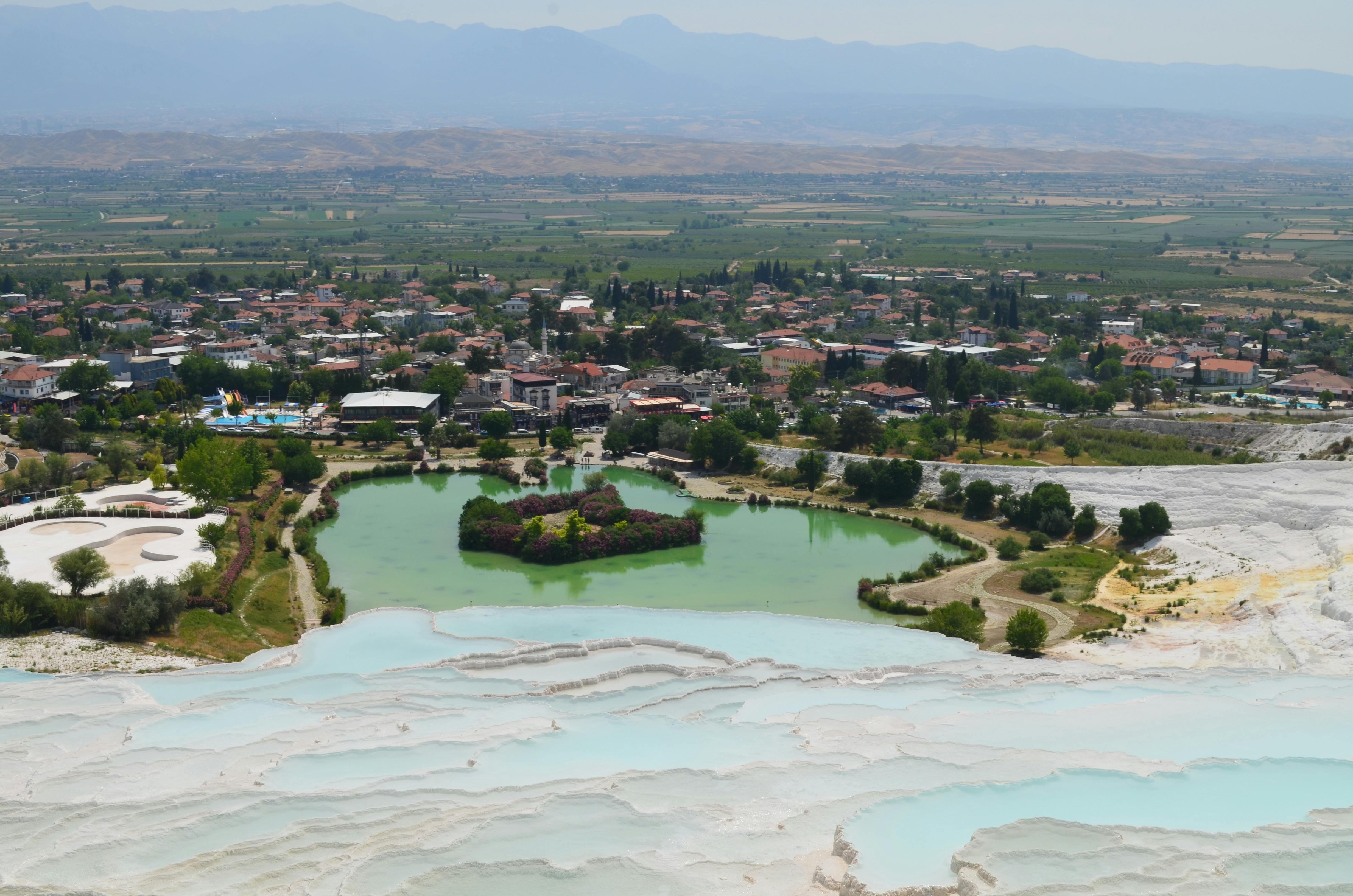Unraveling The Mysteries of Earthing: A Grounding Health Trend
Ever wondered if the simple act of walking barefoot could be the key to better health? This question has sparked a health trend known as Earthing, or Grounding, which is gaining popularity for its supposed health benefits. The concept of Earthing is not new. For centuries, indigenous cultures around the world have revered the earth as a source of healing and energy. The practice of walking barefoot or sleeping on the ground was a way of life, seen as a way to stay connected to the earth's energy.

In the late 20th century, the idea resurfaced in the health and wellness sphere. Clint Ober, a retired cable TV executive, is credited with introducing the modern concept of Earthing. He proposed that direct contact with the earth’s surface could help neutralize free radicals in the body, leading to various health benefits.
Earthing Today: An Overview of Current Trends
In recent years, Earthing has gained traction among wellness enthusiasts, with celebrities and health gurus touting its potential benefits. Today, you can find a range of Earthing products on the market, from grounding mats and sheets to shoes and wristbands.
These products are designed to mimic the effects of direct contact with the earth, providing a continuous flow of energy from the earth to the body. While the trend is growing, it’s important to note that scientific research on the effectiveness of these products is still in its nascent stages.
The Science Behind Earthing: What Does The Research Say?
A small but growing body of research suggests that Earthing may have several health benefits. A 2012 review published in the Journal of Environmental and Public Health found that grounding could improve sleep, reduce pain, and decrease stress.
Another study published in The Journal of Alternative and Complementary Medicine in 2010 concluded that grounding could help reduce inflammation and improve wound healing. However, more research is necessary to fully understand the potential health benefits and long-term effects of Earthing.
The Pros and Cons of Earthing
Like any health practice, Earthing has its benefits and challenges. On the positive side, proponents of Earthing argue that it’s a natural, easy, and inexpensive way to potentially improve your health. It’s as simple as walking barefoot in a park or beach, or using an Earthing product at home.
However, critics argue that the research on Earthing is limited and more rigorous, large-scale studies are needed. Additionally, walking barefoot can pose health risks, such as foot injuries or infections. As with any health practice, it’s essential to weigh the potential benefits against the risks.
Unearth These Earthing Tips
- Start with a few minutes each day: If you’re new to Earthing, start slowly. Begin with just a few minutes of barefoot time each day and gradually increase.
- Choose an appropriate location: Not all ground surfaces are created equal. Sand, grass, and unpaved paths are ideal for Earthing.
- Clean your feet: To avoid foot infections, always clean your feet thoroughly after walking barefoot.
- Listen to your body: If you experience discomfort while Earthing, stop. It’s always crucial to listen to your body.
In conclusion, Earthing is a simple and natural health practice that is gaining popularity. While research on its potential benefits is still emerging, early studies suggest that it could help improve sleep, reduce inflammation, and decrease stress. As with any health trend, it’s crucial to approach Earthing with an open mind and a healthy dose of skepticism, always weighing the potential benefits against the risks.




